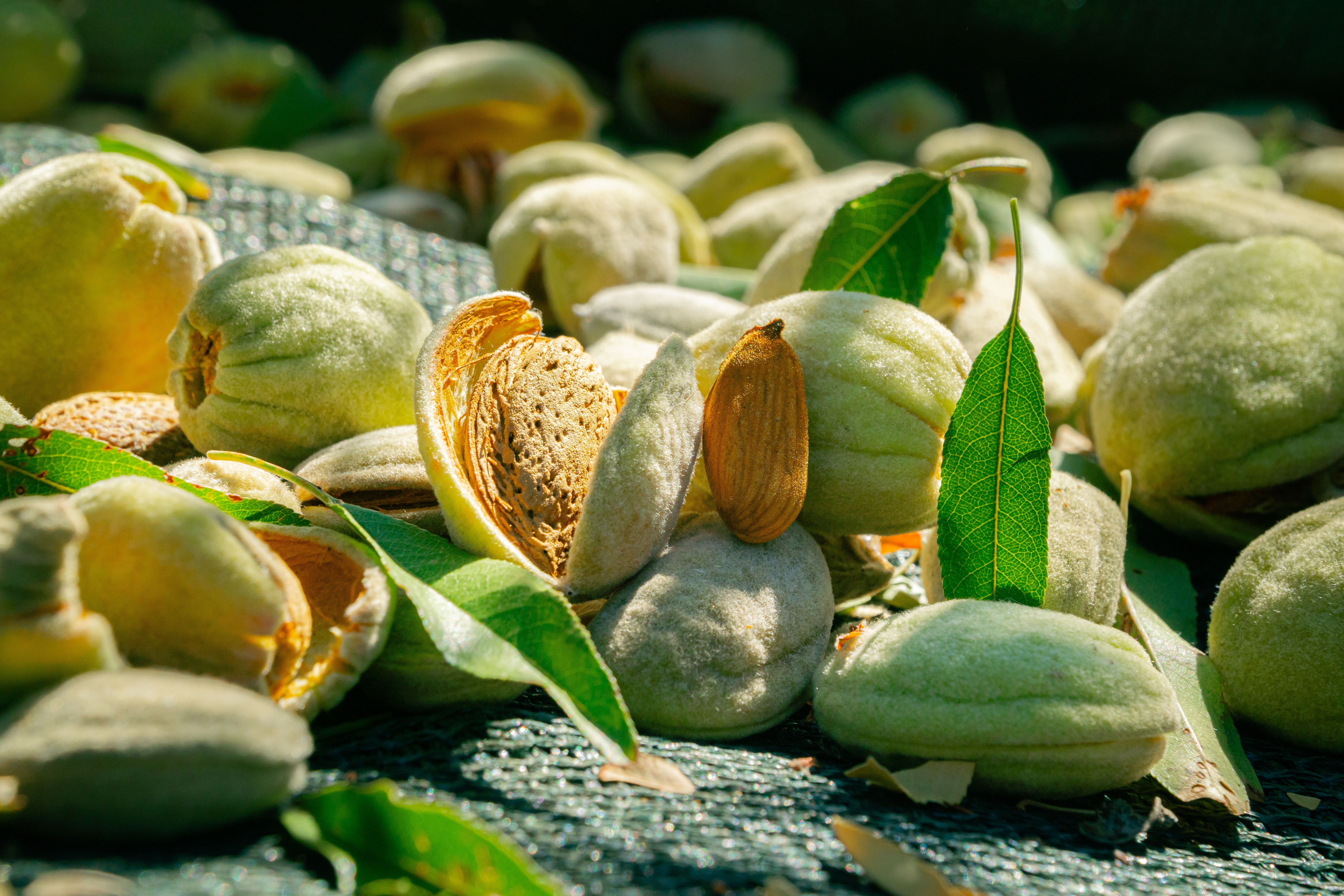
Market reports
Market Report December 2023
Current market situation for soybean oil, rapeseed oil, sunflower oil, linseed oil, olive oil, almond oil and walnut oil
General oils and fats complex
Soybean oil
The prices for soybean oil have decreased slightly in the past few days, as the harvest prospects in Argentina are significantly better than initially assumed. This is partly because of the very favorable weather conditions. Higher stocks are also contributing to this. However, it remains to be seen how the new president of Argentina will change the existing regulations for the export of agricultural products. In Brazil, the weather conditions in various growing areas are rather disadvantageous, as there has been little rain, therefore harvest estimates have been corrected to about 150 million tons. This should be offset by the good harvests in Argentina, Paraguay and Uruguay, meaning that the total harvest in South America in 2024 could be around 10 % larger than in the previous year (213 million tons). In the USA, stocks have fallen to a nine-year low, so despite a record production, large imports had to be made. This is due to the continued high demand from the energy sector.
Rapeseed oil
Harvests in Canada, Australia and the EU were above average. This means that rapeseed oil remains an attractive option in both the food and energy markets. The current favorable prices have led to larger quantities being covered, meaning that refining capacities are already well utilized, especially in the first quarter.
Sunflower oil
Global production 23/24 will be similar in volume to the same period last year. Stocks have increased slightly. Therefore, sunflower oil will continue to be an attractive alternative.
Conclusion
The overall more favorable price levels have led many consumers to cover their needs in the medium term. There is an uncertainty within the markets in regards to the geopolitical situation and the affects on the global economy. Another important factor is the situation on the energy markets and the prices within the crude oil market. Production capacities in the EU are well utilized into the first quarter.
Linseed oil
The global supply of linseed is expected to decline in 2023/2024 after many farmers in Canada, Russia and Kazakhstan have grown more profitable crops. Experts estimate that around 15% less linseed was grown, which has led to a price increase of over 15% in the last six weeks.
Olive oil
After prices in Spain had fallen slightly in the past 4 weeks compared to the highs of September/October, the continuing unfavorable weather conditions led to a jump in prices. The yield of the olives processed in November was almost 4% lower than during comparable periods of the previous year. The cooperatives therefore continue to be very cautious and only offer small quantities for short-term delivery. This means that current olive oil production will not be significantly higher than in the previous year. Many consumers have already reduced their demand and will continue to do so in the coming months.
Key products from the Gustav Heess production in the USA
Almond oil
The 2023 California Almond harvest has officially come to an end, and for the 3rd year in a row the total crop harvested has declined. Average yield is down slightly due to weather and insect damage. Hullers and shellers are working overtime to process all the late harvested crop before the end of the year. Last week the Almond Board of California released their October position report with total shipments at 247 million pounds, making this the 3rd strongest October in history. December 5th will mark the beginning of the annual Almond Conference. Industry leaders and experts will come together to discuss the issues facing our industry. The highlight will be the State of the Almond Industry speech given by Almond Board CEO Richard Waycott.
Walnut oil
The 2023/24 Walnut season is upon us and with a new crop also comes the hope of carrying over the positive momentum shown in recent months and getting returns to sustainable levels. The USDA has revised the total crop estimate from 790,000 tons to 760,000 tons. This was due to the previous forecast overestimating the total bearing acres. The revised bearing acreage stands at 375,000, reflecting a 6% reduction compared to last year. As expected, the crop has been about two weeks late this year, particularly for earlier varieties, but reported quality has been very positive.
Amended specifications
Visit our website for always up to date specifications.